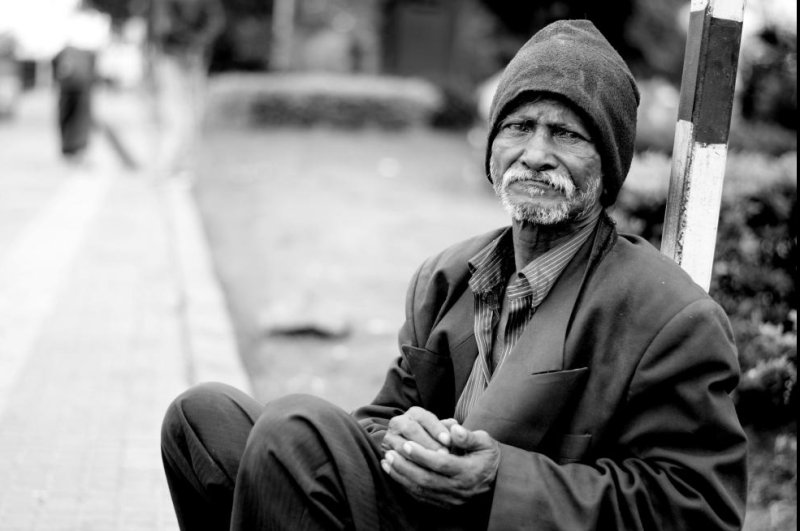
Poverty, lower education levels may double heart attack risk
by Brian P. DunleavyMay 27 (UPI) -- Lower socioeconomic status doubles a person's risk for a heart attack and the likelihood of dying from heart disease earlier in life, according to analysis published Wednesday in JAMA Cardiology.
Higher rates of risk factors for heart disease -- including smoking, high blood pressure and diabetes -- account for roughly 40 percent of the increased risk, but the remaining 60 percent was attributable to "other factors," researchers reported in the study.
Increased risk was associated with lower socioeconomic status, such as "lack of resources for healthcare, nutritious food and safe housing," co-author Dr. Kirsten Bibbins-Domingo, a physician and epidemiologist at the University of California-San Francisco, told UPI.
"Our study suggests that we need to do even more to keep those of low socioeconomic status from developing these high rates of heart disease before age 65," she said.
Nearly 650,000 Americans die from heart disease each year, according to the U.S. Centers for Disease Control and Prevention. More than 700,000 heart attacks are reported annually, the agency said.
Older adults generally are at increased risk for heart disease, but the new analysis estimates that more than 31.2 million adults in the United States have low socioeconomic status.
For the study, this was defined as household income below 150 percent of the federal poverty level -- $12,760 for a household of one -- or educational level less than high school.
The researchers used a computer simulation study based on the Cardiovascular Disease Policy Model, which estimates heart disease and stroke incidence, prevalence and mortality among adults in the United States.
They determined that, compared with individuals with higher socioeconomic status, men and women in the low-socioeconomic status group had double the rate of heart attacks -- 34.8 per 10,000 person-years versus 17.6 per 10,000 person-years in men and 15.1 per 10,000 person-years versus 6.8 per 10,000 person-years in women.
Deaths from heart disease among those in the low-socioeconomic group also were double that of the higher socioeconomic group -- 14.3 per 10,000 person-years versus 7.6 per 10,000 person-years in men and 5.6 per 10,000 person-years versus 2.5 per 10,000 person-years in women.
Person-years is a measurement that takes into account both the number of people in the study and the length of time each person spends in the study. For example, a study that follows 1,000 people for one year would contain 1,000 person-years of data.
In additiony, among a simulated cohort of 1.3 million adults with low socioeconomic status who were 35 years old in 2015, the model projected that 250,000, or 19 percent, would develop heart disease by age 65. This is more than twice the number among those of higher socioeconomic status.
To reduce risk for heart disease, Bibbins-Domingo said, people with lower socioeconomic status need to "stop smoking, exercise, keep a healthy body weight and see a doctor to help manage blood pressure and cholesterol."
However, she said, "policies that directly address poverty or support resources for access to healthy foods for example are also likely to be important to address these big gaps in health."
(0) Leave a comment
upi.com/7009867